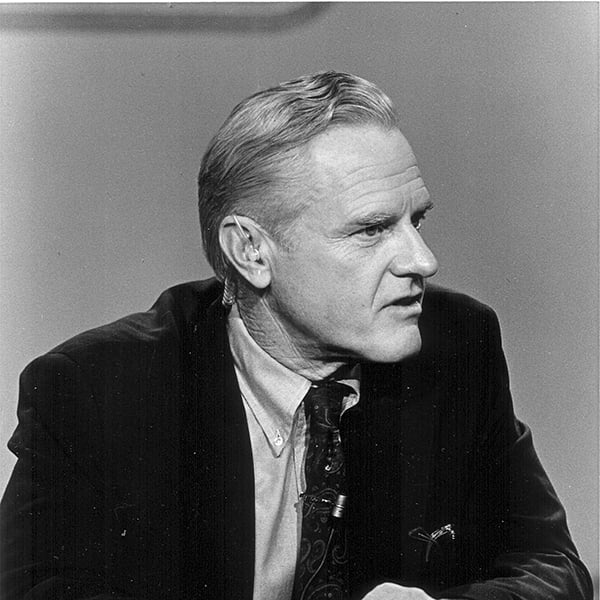Born in Boston in 1926, Henry Way Kendall was encouraged early in life to explore his strong interest in mechanical, chemical and electrical phenomena as well as his passion for the outdoors. Prior to his university studies, Kendall was not a great student, first because of a learning disability that he later overcame, and then because he found the world outside of school much more interesting than the one within.
In 1945 Kendall entered the US Merchant Marine Academy, and he was in basic training when the first atom bombs were launched over Japan. At the time, Kendall said “I was unaware of the human side of these events and only recall a feeling that some of the last secrets of nature had been penetrated and that little would be left to explore.” He would later become deeply committed to arms control and nuclear disarmament issues, which led to service as an advisor to the U.S. Defense Department in the early 1960s and later to his commitment to the Union of Concerned Scientists.
Kendall resigned from the Merchant Marine in 1946 and became a freshman at Amherst College. “Although I was a mathematics major at college, my interest in physics was great, and I did undergraduate research and a thesis in that field. But history, English and biology were all most attractive, and there was a period early on when any one of those might have ended up as the major subject.”
Concerned scientist
In 1950, Kendall entered MIT’s School of Physics, where he got his PhD. He spent two years as a National Science Foundation Postdoctoral Fellow at MIT and the Brookhaven National Laboratory before joining the physics faculty at Stanford. At Stanford, Kendall met the two men with whom he would share the Nobel Prize in Physics, Jerome Friedman and Richard Taylor.
Five years later, Kendall returned to MIT as a faculty member and reestablished his collaboration with Friedman, who had moved to MIT a year earlier, and Taylor, who was group leader at the Stanford Linear Accelerator Center (SLAC). Their joint Nobel Prize was awarded in 1990 “for their pioneering investigations concerning deep inelastic scattering of electrons on protons and bound neutrons, which have been of essential importance for the development of the quark model in particle physics.”
In 1969 Kendall was one of the faculty members who played a critical role in the founding of UCS following a teach-in organized by a group of scientists and students at the Massachusetts Institute of Technology to protest the militarization of scientific research and to promote science in the public interest. For the remainder of his life, Kendall was active in the work of UCS, serving as longtime chair of the UCS board and always pushing the organization to innovate, to take risks, and to never be satisfied with the status quo.
Outdoorsman and photographer
Kendall was a serious student and scientist, but he never lost sight of the world outside the academy. During his undergraduate years, he and a friend became interested in diving, and in typical Kendall fashion this interest turned into more than just a pastime, as the two men started a small diving and salvage company and wrote and published successful books on shallow-water diving and underwater photography. “These activities, mostly self-taught, were a good introduction to two skills very helpful in later experimental work: seeing projects through to successful conclusions and doing them safely.”
Throughout his career as a physicist, Kendall continued to be an active outdoorsman—mountaineering, mountain photography, diving, and underwater photography were all passions. He made climbing trips to the Andes, the Himalayas, and the Arctic. His premature death in 1999 came during a scuba diving trip with the National Geographic Society in Wakulla Springs, Florida.
